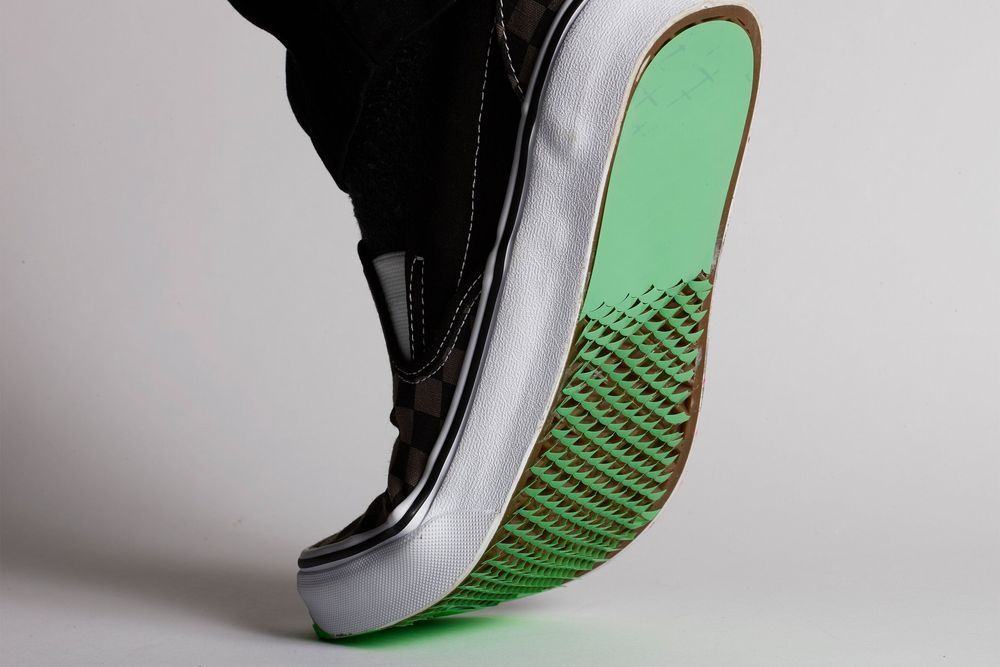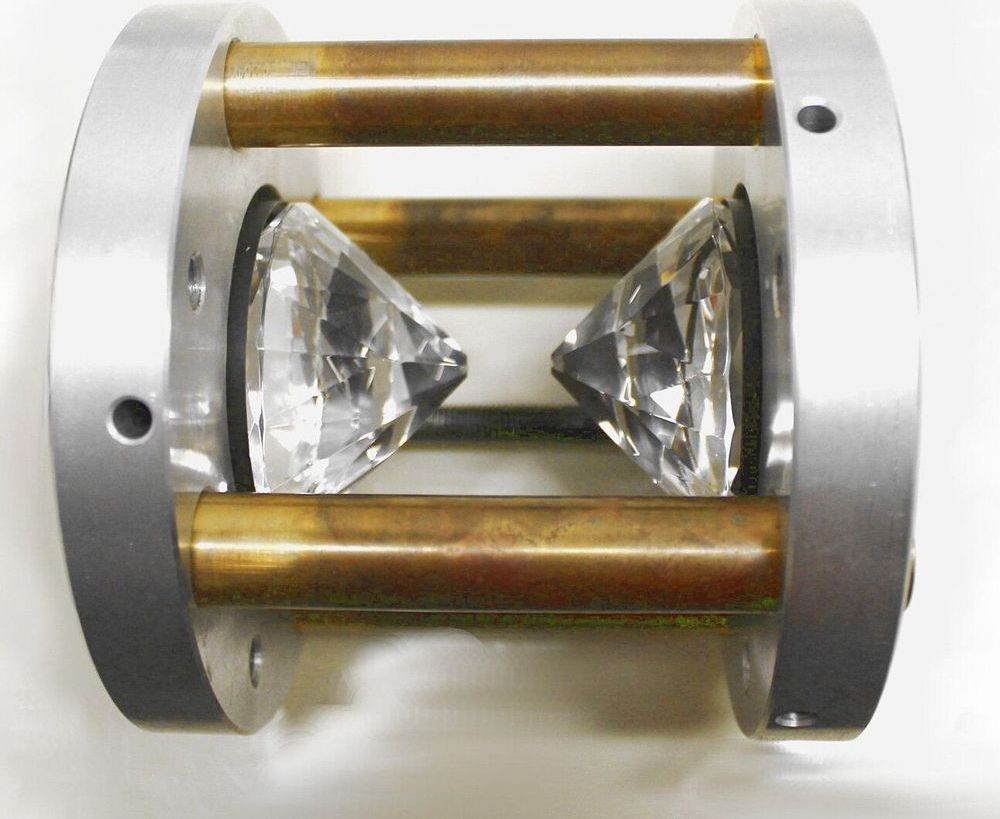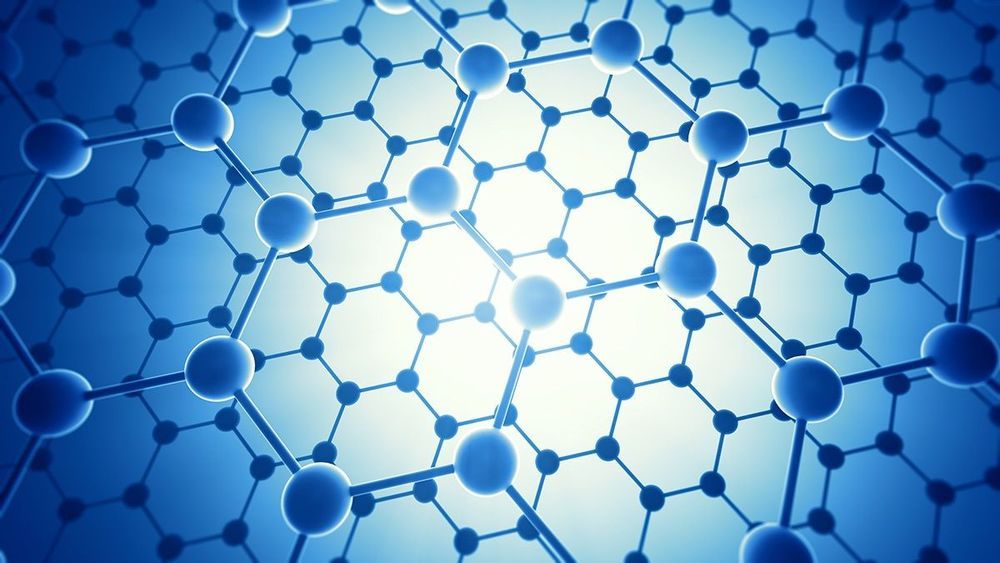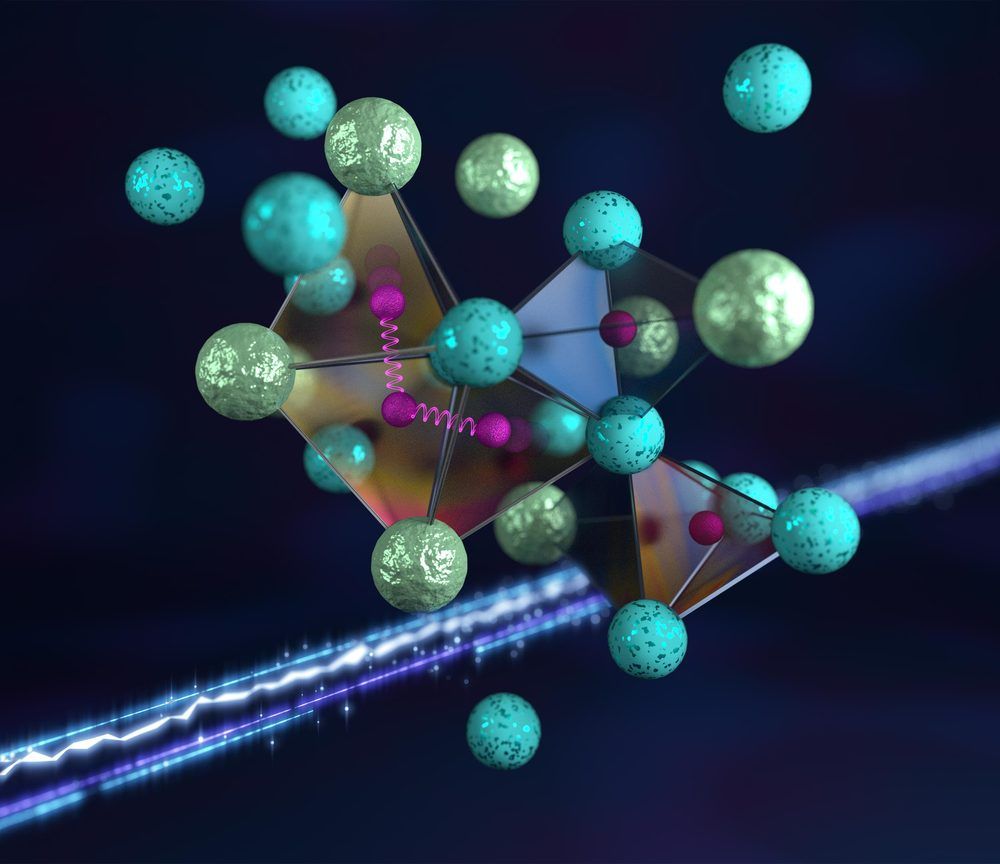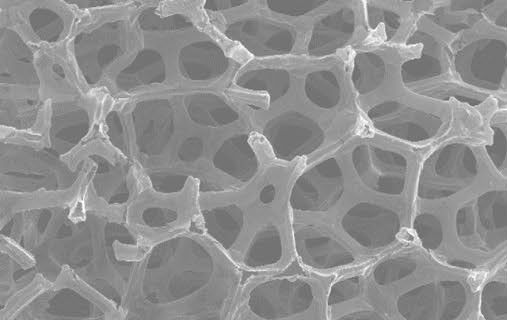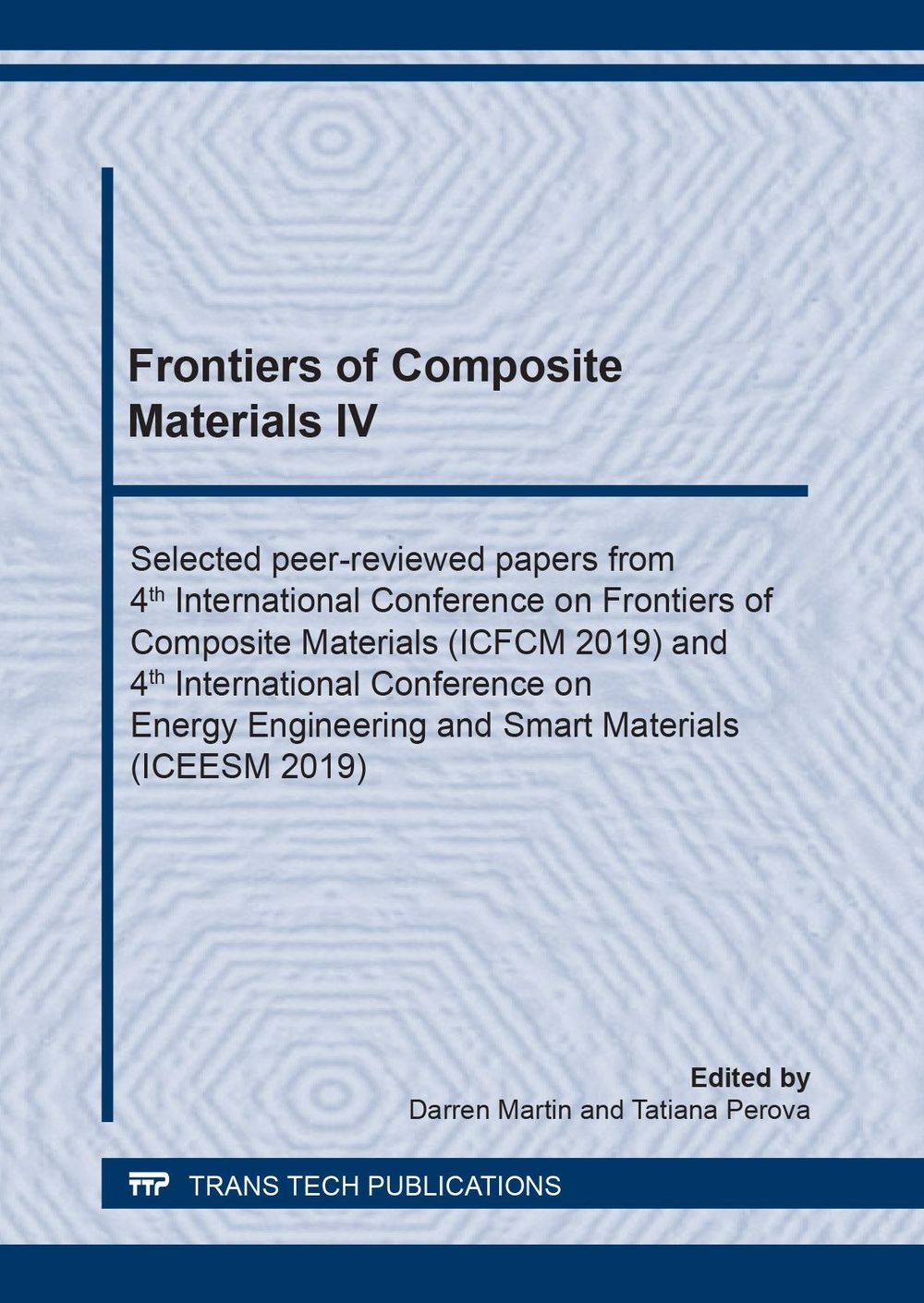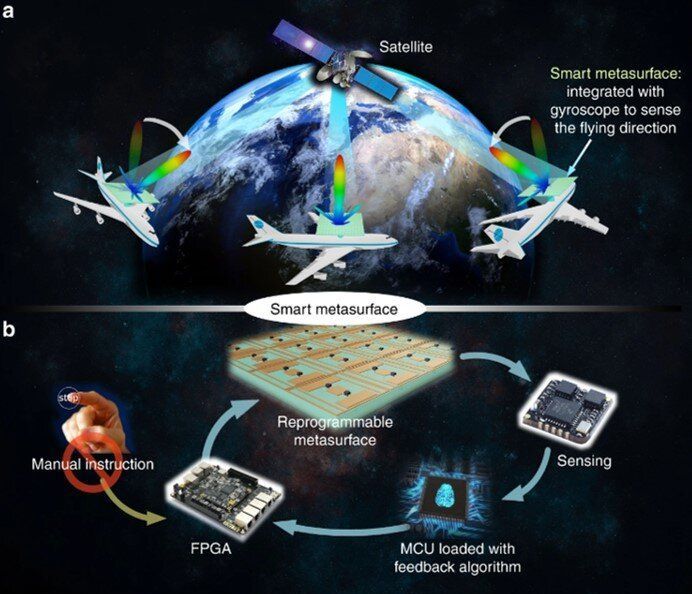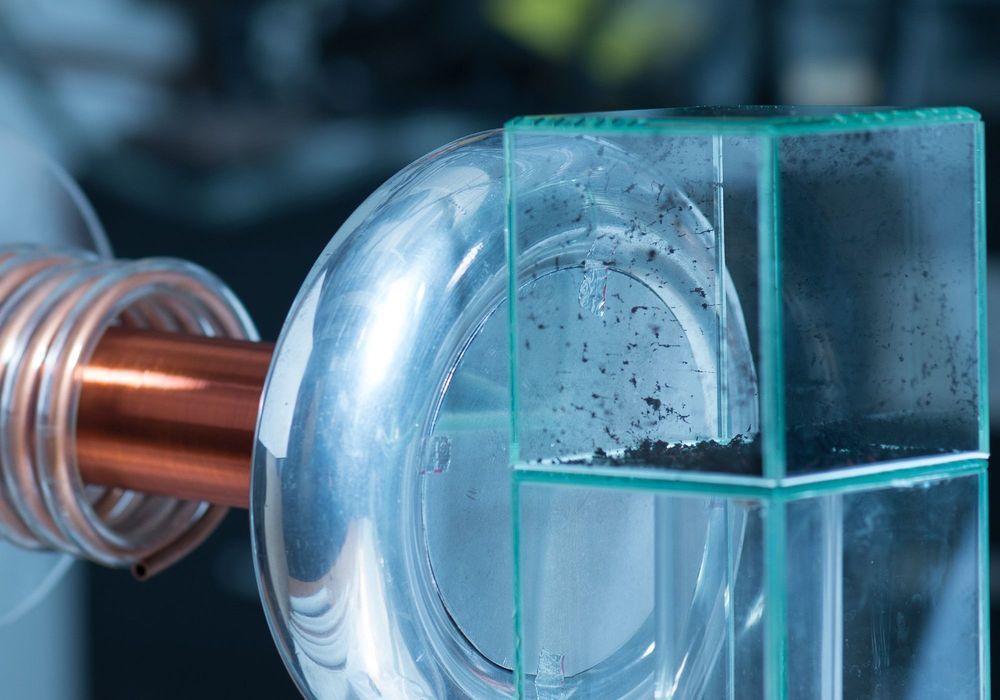The truth about graphene. Ever since it was first discovered in 2004, graphene has been hailed as one of the most important breakthroughs in materials since the plastics revolution more than a century ago. The early predictions were that graphene would almost immediately enable the kinds of products and technologies that we’re used to seeing in sci-fi movies. Cut to more than a decade and a half later and that still hasn’t happened. Not even close. With opinions split between people overhyping graphene or calling it a massive disappointment, it’s time we got to the truth of what is really happening with this so-called ‘wonder material’.
▻ Watch the truth about solid state batteries — how close are they?: https://youtu.be/x8FEyaZxqAU
▻ Full script and citations: https://undecidedmf.com/episodes/2020/5/20/the-truth-about-g…he-hold-up
——————-
▶ ▶ ▶ ADDITIONAL INFO ◀ ◀ ◀
▻ Support us on Patreon!
